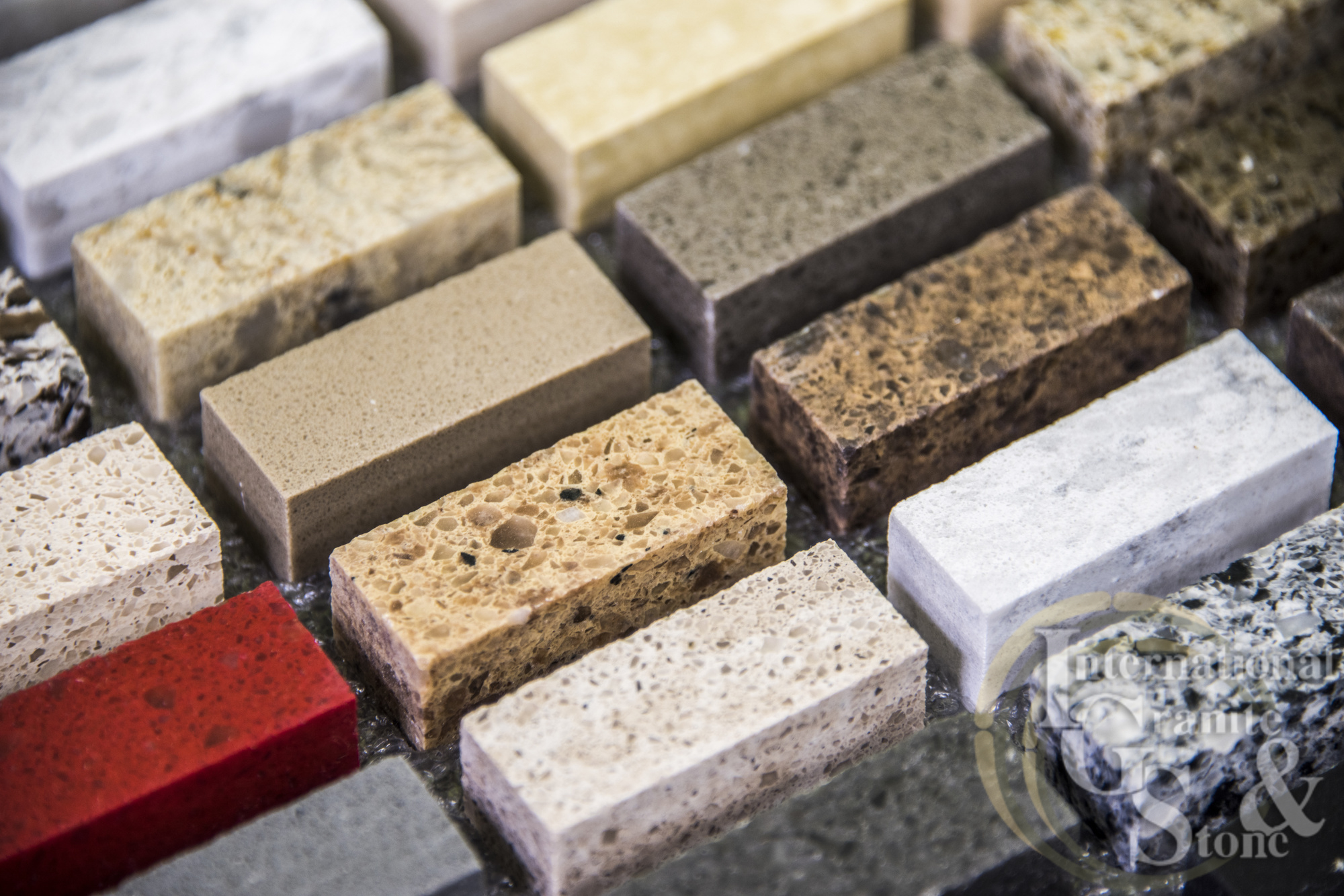
Thinking of redoing your kitchen?
If so, then you’re making a seriously smart investment. Kitchen renovations offer one of the highest returns on your investment of any home improvement project.
Whether you’re preparing to sell your house, or want to continue to enjoy it for a few more years, you need to ensure that you select the best materials and follow proper installation instructions to get the best results.
This is especially true when it comes to installing granite slabs.
What are the most effective ways to ensure a seamless installation?
Read on to find out.
1. Start With a Clean Slate
When it comes to installing granite slabs, the first thing you want to do is to ensure that your kitchen provides the perfect palette.
You can take advantage of your decision to upgrade your countertops, and turn this into a spring cleaning opportunity. Clean everything out of your cabinets, especially if you store porcelain and other fragile items underneath where you’ll place your new countertops.
Do a deep clean of your cabinet faces, take this opportunity to dust all those hard-to-reach crevices, and always make sure that you’ve properly cleaned your floors.
The last thing you want to have happen is a slip-and-fall accident when you’re carrying heavy granite slabs.
You’ll also need to consider whether or not your current cabinets can actually support the weight of your new granite.
You might need to install a plywood sub-counter for extra support, and it will make it much easier for you to adjust the placement of the slabs once you put them down.
2. Take A Look At The Full Slab
Whether you’re installing your granite slabs yourself or hiring a professional to make it happen, there are some things that you can only tell by examining the slab in full before final placement.
First of all, keep in mind that the lines, stains, and color markings on your slabs will look different from every angle.
Taking a look at the complete slabs will help you to ensure that you’re happy with how those markings and colors compliment one another.
This will also help you to determine where you might want to place a seam on your countertops. Where would those seams be the least noticeable, and where can you put them so that they won’t interrupt your overall design flow?
Remember, seams are usually made from polyester resin.
Depending on your familiarity with these kinds of projects, you may want to hire a professional to ensure that your countertops look seamless once installed.
3. Think About Your Sink
Another thing to keep in mind when installing your slabs?
Which type of sink will work best with the look and the overall material? Usually, this means that you’ll need to select a self-rimming sink. You’ll need to take the right dimensions of your new sink, and then ensure that you can properly transfer them onto the countertop.
For best results, we suggest ensuring that you have a minimum of three inches surrounding your sink on all sides.
The good news?
You won’t have to cut the hole for your sink yourself. The professional cutting your granite will handle that for you — but this means you’ll need to make sure you’ve measured everything exactly right.
The same thing goes for your stovetop and any other appliances or details that you’d like to have seamlessly “dropped into” your countertops.
Also, make sure that when it comes to your sink, you steer clear of specialty finishes on your faucet and tap.
They might look sleek now, but they can become dated fast. Not only that, but not all finishes are as durable as you might like them to be.
Always stick with materials that are as easy to maintain and timeless as granite slabs and stone countertops.
4. When In Doubt, Hire A Professional
We know that you have excellent DIY skills, that you can measure like a fiend, and that you have the eye for design required to make the perfect selection when it comes to your granite slabs.
However, there are some things that even the most experienced DIYers shouldn’t try to do on their own.
Plus, a professional installation will help to ensure that your granite, once installed, has also been properly sealed. These professionals will also be able to teach you about the best ways to keep your countertops clean without damaging them in any way.
Additionally, working with a professional stone and granite supplier means that you’ll get access to the highest quality of raw materials possible. Even the best installation job won’t mean a thing if your countertops consistently crack or stain.
Ready To Choose The Perfect Granite Slabs?
We hope that this post has helped you to understand how to make the process of installing your granite slabs easier than you ever thought possible.
Remember to consider the size and placement of your stovetop and sink, properly prepare your cabinets for installation, and consider the best places for seams between slabs.
Of course, if you haven’t exactly been blessed with excellent DIY abilities, you always have the option to hire a professional.
Ready to choose the perfect slabs for your kitchen, bathroom, or any other room in your home?
We have the selection you need to guarantee that you find the perfect countertop.
Spend some time on our website to start browsing, and be sure to check out our blog for access to the latest design tips and trends.

